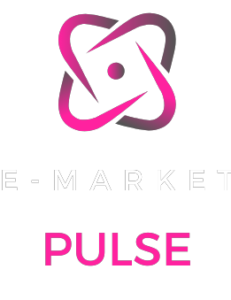

Choosing the Right Design Tools for Your Creative Venture: A Comprehensive Guide
Introduction
In the realm of creators and innovators, choosing the right design tools is akin to selecting the perfect brush for an artist’s canvas. The digital landscape offers a myriad of design tools and software, each tailored to different types of products and creative endeavors. In this comprehensive guide, we embark on a journey through the diverse world of design tools, comparing and contrasting popular options. Whether you’re crafting digital masterpieces or bringing physical products to life, understanding the strengths of each tool is crucial for a seamless and efficient design process.
Understanding the Diverse Design Tool Landscape:
The variety of design tools available reflects the diverse needs of creators.* Graphic designers, product developers, digital artists, and content creators all require specialized tools to bring their visions to fruition. Let’s explore some of the prominent design tools and software, shedding light on how each can be a valuable asset in your creative venture.
Graphic Design Powerhouses: Adobe Creative Suite vs. Canva
**Adobe Creative Suite:**
– *For Professional Precision*
Adobe Creative Suite stands as an industry standard for graphic design. Its powerhouse of applications—Photoshop, Illustrator, InDesign, and more—offers unparalleled precision for intricate graphic design projects. From detailed illustrations to complex layouts, Adobe’s suite caters to the demands of professionals seeking pixel-perfect results.
**Canva:**
– *Simplicity for All*
On the other end of the spectrum, Canva is a user-friendly design tool that democratizes graphic design. With a drag-and-drop interface, Canva is accessible to creators with varying levels of design expertise. Ideal for quick social media graphics, presentations, and marketing materials, Canva is a versatile choice for those seeking simplicity without compromising on quality.
GET EXCLUSIVE ACCESS TO OUR EXPERTS CREATOR'S CORNER TIPS AND ADVICE:
- Get AHEAD of the Competition.
- FREE Membership to Mia’s Weekly Insiders secrets.
- FREE tailored resources and gifts.
- PLUS qualify to receive personal email support.

* We respect your privacy. We will not spam you.
Digital Artistry: Procreate vs. Corel Painter
**Procreate:**
– *Unleashing Creativity on the iPad*
Procreate has revolutionized digital artistry, particularly for iPad users. Its intuitive interface, powerful brush engine, and extensive features make it a favorite among illustrators and digital artists. Procreate’s ability to simulate traditional art mediums provides a dynamic canvas for creative expression.
**Corel Painter:**
– *Mimicking Traditional Techniques*
Corel Painter focuses on replicating traditional art techniques in a digital environment. With an extensive brush library and realistic brush strokes, it appeals to artists who seek a digital platform that mirrors the experience of working with physical mediums. Corel Painter is a go-to choice for those aiming to seamlessly bridge the gap between traditional and digital art.
Product Design and 3D Modeling: Autodesk Fusion 360 vs. Rhino
**Autodesk Fusion 360:**
– *Comprehensive 3D Design*
Autodesk Fusion 360 is a powerhouse for product designers and engineers. It seamlessly integrates parametric, direct, and freeform modeling, making it versatile for a range of design projects. Collaboration features and cloud-based storage enhance teamwork, making Fusion 360 a robust choice for product development.
**Rhino*
– *NURBS Modeling Mastery*
Rhino, known for its NURBS (Non-Uniform Rational B-Splines) modeling, is a preferred tool for industrial designers and architects. Its precision in creating complex 3D surfaces sets it apart. Rhino’s flexibility and compatibility with various design extensions make it a staple for those involved in intricate product design.
Web and User Interface (UI) Design: Sketch vs. Figma
**Sketch:**
– *Focused UI/UX Design*
Sketch has established itself as a go-to tool for UI and UX designers. Its simplicity and focus on the essentials make it efficient for creating web and app interfaces. With a robust set of plugins and a user-friendly interface, Sketch streamlines the design workflow for digital products.
**Figma:**
– *Collaborative Cloud-Based Design*
Figma’s collaborative features and cloud-based platform have transformed the way design teams work together. Ideal for remote collaboration, Figma enables real-time editing, making it a powerful tool for UI/UX designers who prioritize seamless teamwork and iteration.
Conclusion: Selecting Your Creative Arsenal
In the vast landscape of design tools, the key is understanding your creative needs and selecting tools that align with your vision. Adobe Creative Suite excels in professional graphic design, Procreate empowers digital artists, Autodesk Fusion 360 dominates product design, and Sketch and Figma streamline web and UI design.
Consider the nature of your projects, your level of expertise, and the collaborative requirements of your team. As you navigate the rich ecosystem of design tools, let this guide be your compass, steering you toward the perfect digital companions for your creative journey. Choose wisely, experiment fearlessly, and let your creativity thrive with the right design tools by your side.
MORE LIKE THIS...
Bringing you the latest information, ideas, products and services for your E-commerce business.
Copyright 2024 E-Market Pulse
Contact Us
We may receive compensation from partners listed through affiliate partnerships, at no cost to you. This doesn’t influence our ratings, and the opinions are our own
Subscribe to our Newsletter
Get updates on products and services specially targeted to help you succeed.
